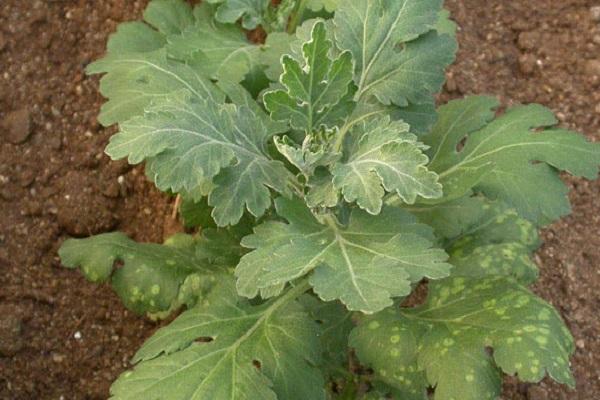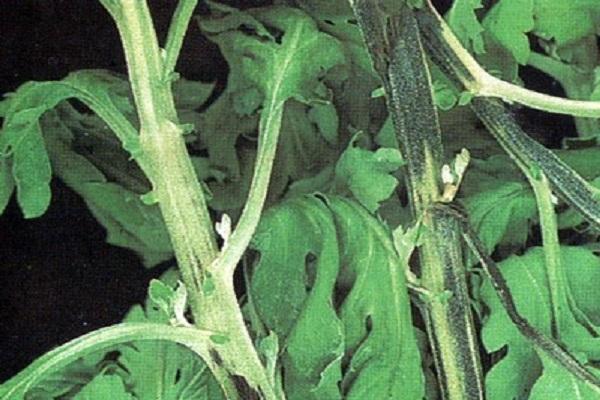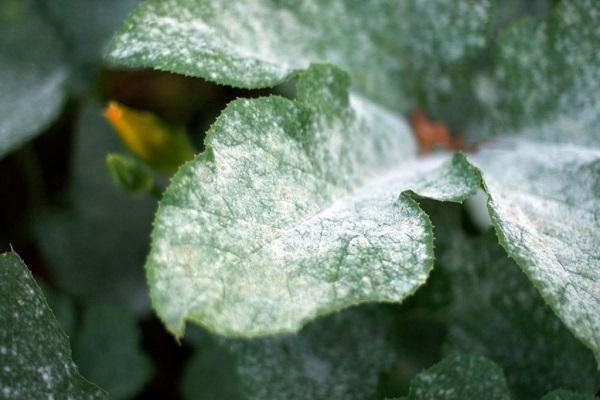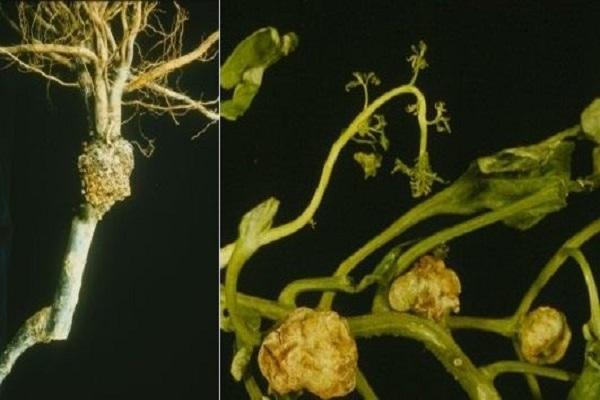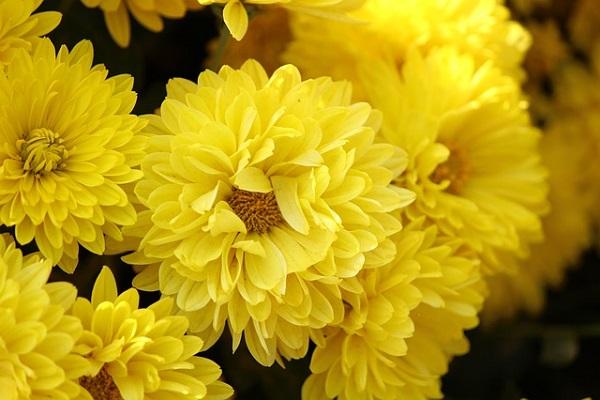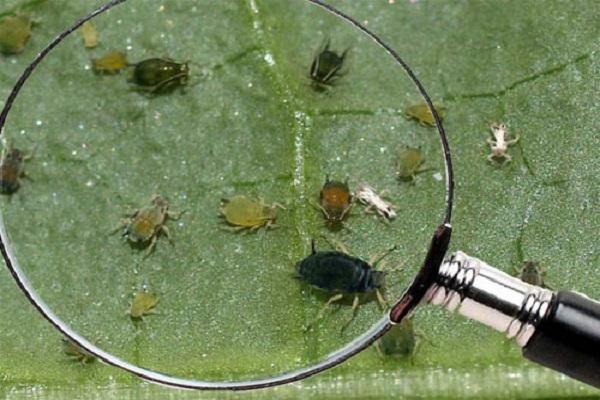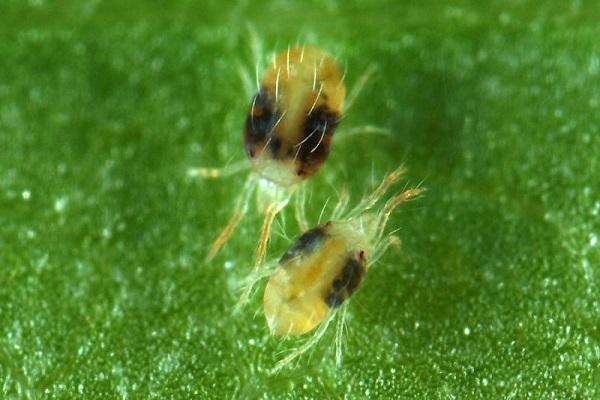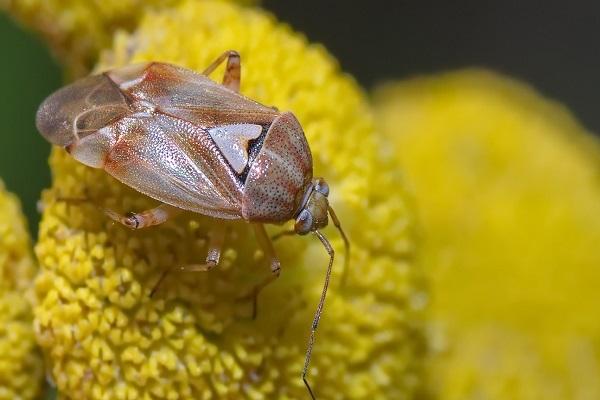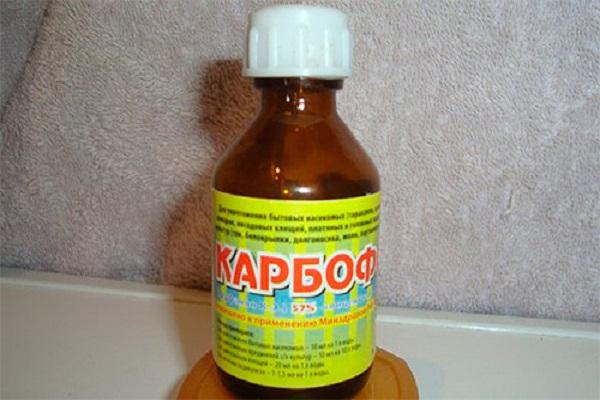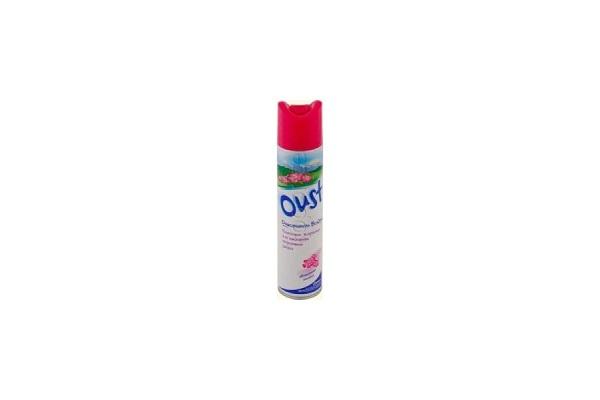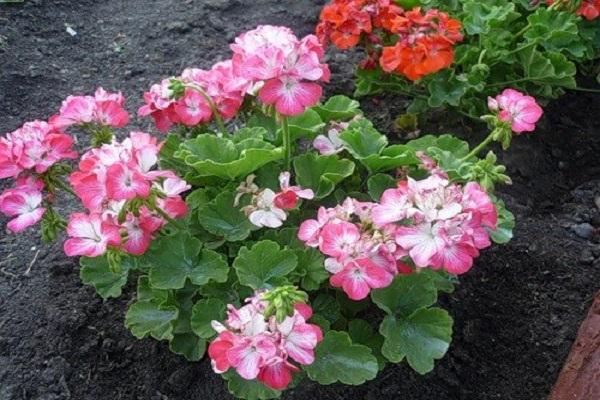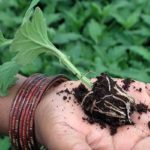One of the beautiful flowers that came to our gardens from Japan and China is the chrysanthemum. Lush ornamental bushes amaze with their variety of varieties and bright flowering before the onset of winter. But plants are picky about care. Chrysanthemums often die due to disease. But if you notice the symptoms of pathology in time and take action, then the ornamental crop can be saved.
- Why do plants get sick?
- What are the diseases and methods of their treatment?
- Infectious
- White rust
- Gray rot
- Septoria
- Powdery mildew
- Fusarium
- Root bacterial cancer
- Viral
- Non-infectious
- Pests
- Greenhouse aphid
- Spider mites
- Leaf nematode
- Meadow bug
- Effective methods of controlling aphids
- Mechanical
- Chemicals
- Solution of “Karbofos”, “Aktellika”, “Phosfamide”, “Metaphos”
- Glass liquid containing ammonia
- Floral aerosols
- Ammonia diluted with water
- "Kinmiks"
- Rules for the use of chemicals
- Folk remedies
- Onion peel infusion
- Garlic infusion
- Infusion of dried citrus peels
- Solution of laundry and tar soap
- Tobacco
- Pelargonium
- Tips and tricks for prevention
Why do plants get sick?
The causes of the appearance and infection of diseases can be:
- excessive watering;
- low air temperature;
- lack or excess of mineral and organic fertilizers;
- planting fungus-infected seeds;
- adding fresh manure to the soil.
Failure to comply with chrysanthemum agricultural practices leads to the death of some plants. But pathology is not transmitted from diseased plants to healthy ones.
Diseases caused by pathogenic fungi and their spores lead to the death of all chrysanthemum specimens in the flower garden. Garden crops often suffer from infectious diseases when weather conditions are favorable for their spread.
What are the diseases and methods of their treatment?
During cultivation, flower growers are faced with chrysanthemum diseases that are caused by pathogenic microorganisms. Often these are fungi that remain active for a long time. Their spores overwinter in plant debris. They infect chrysanthemum seeds and shoots.
With improper care, when moderation in watering and fertilizing is not observed, the plants also feel bad, do not bloom, and wither.
Fungi and viruses must be combated with chemicals and fungicides. But bringing the watering and fertilizing procedures back to normal will allow the flowers to recover.
Infectious
You can determine the onset of infection in chrysanthemum plantings by:
- wilting of foliage;
- spots on leaf plates, flower petals;
- root rotting;
- growth retardation;
- lack of flowering.
In this case, the salvation of all ornamental chrysanthemum bushes depends on the timeliness of treatment. After all, the infection spreads very quickly, and then you will have to say goodbye to your favorite flowers.
White rust
The disease begins with round yellow spots on the leaves. Their diameter is only within 5 millimeters. More often, spots affect young foliage, gradually spreading over all plates. Having examined the leaves of chrysanthemums, they notice whitish coatings on the back side. They contain spores, which are carried by wind and rain to neighboring plants.
Chrysanthemum petals are also affected by the fungus, which leads to the flower losing its beauty. The fight against white rust consists of treating with fungicides. The most effective drugs are Myclobutanil and Difenoconazole. The disease fungus quickly develops immunity to chemicals, so it is necessary to use the most powerful new generation of fungicides against it.
Gray rot
In damp, cool weather, you can notice areas on chrysanthemum bushes dusted with grayish mold. Watery spots form on the entire above-ground part of the plant. With dense plantings and lack of proper care, infection of chrysanthemums occurs rapidly.
You can cope with the disease by removing diseased specimens, treating the soil and healthy bushes with fungicides. They normalize the condition of the soil by drying it out and reducing the amount of nitrogen.
Septoria
Spot, or septoria, is a disease in which all leaves become covered with yellowish-brown spots. Spores form inside the areas affected by the fungus. They spread the infection to neighboring chrysanthemums.This is easy to do when the flowers are planted close to each other.
For initial treatment, medications containing copper are needed. Spray diseased bushes with a solution prepared from 10 grams of copper sulfate in half a liter of water and 100 grams of potassium soap in 10 liters. All components are mixed and chrysanthemums are processed.
Powdery mildew
The disease can be easily identified by a whitish coating on leaves, stems, and flowers. It seems that the bushes are dusted with flour. The fungus attacks weakened plants that lack nitrogen and potassium. Plants should be treated as soon as the first symptoms of powdery mildew appear. Treat the flower garden with a soapy solution of soda ash. For 10 liters of water, 40 grams of substances are enough.
A liquid containing 20 grams of copper sulfate and 200 grams of liquid green soap per bucket of water will help to improve the health of chrysanthemums. The treatment must be carried out in sunny weather, without wind, at a temperature of 20 degrees above zero.
Fusarium
Fusarium wilt causes the leaves to curl. Over time, white spots appear on the plates, inside of which there are fungal spores. The pathogens that cause the disease are resistant to temperature changes and remain active after winter. They are preserved in plant remains.
To prevent infection, you need to treat chrysanthemum cuttings with Fundazol solution before planting..
Root bacterial cancer
One of the incurable diseases is rare. But when infected with cancer, growths are visible on the stems of chrysanthemums. Having noticed such symptoms, you need to completely pull out the diseased bush and treat the soil of the flower garden with a Formalin solution. Prepare the medicine by dissolving 150-200 grams of the drug in a bucket of water. After treatment, nothing can be planted on the site for a month.
Viral
Virus strains rarely infect chrysanthemums. Microorganisms are spread by aphids or through the gardener's hands from one plant to another. At the same time, chrysanthemum:
- there is growth retardation;
- leaves are affected by chlorosis, mosaic;
- The flower tongues become discolored.
Among viral diseases, white spotting, dwarfism, and mosaic are common.
Non-infectious
Even the most unpretentious flowers can get sick if they are poorly cared for. Chrysanthemums begin to turn yellow and wither when moisture stagnates in the soil. The roots have little air and nutrition if the soil is not loose, but dense. The root system begins to rot, hence the delay in the growth of chrysanthemums and the lack of flowering.
If microcracks appear on the stems from excess moisture, then the flowers do not stay on the bushes and break.
Spring frosts damage chrysanthemums. This is noticeable by the red veins of the leaves. Plantings should be covered before night temperatures drop.
Non-infectious plant diseases can be noticed by the condition of leaves, stems and flowers. Correcting flaws in care in a timely manner will allow the decorative crop to develop successfully.
Pests
Chrysanthemum bushes look sick when they are attacked by harmful insects. Most parasites are sucking species. They make the plants look sloppy. Leaves and inflorescences are especially affected by insect attacks.
Greenhouse aphid
A small sucking insect about the size of a pinhead, it is green or pink in color. Typically, aphid colonies are located on the back side of young leaves, causing them to warp and dry out. The female aphid lays eggs several times over the summer, which leads to complete destruction of chrysanthemum plantings.
Spider mites
Small spiders with four pairs of legs attack plants in early spring and autumn.It is difficult to notice the insect, but as a result of damage by it, the foliage on the stems turns brown and dies. Fertilized female ticks overwinter in plant debris, under lumps of earth. To stop the pest invasion, you need to remove and burn garbage in time in the fall, dig up the soil.
It helps to fight mites by dusting chrysanthemum shoots with sulfur powder or spraying with a solution of colloidal sulfur (100 grams per bucket of water). When processing, the underside of the leaves, where the mite nests, is especially carefully sprayed. The procedure must be carried out three times with a break of 10 days.
Leaf nematode
Thread-like worms infect the entire above-ground part of chrysanthemums, becoming more active during the rainy seasons. The consequences of nematode damage are:
- the appearance of brown spots on the leaves;
- their curling and dying;
- lack of flowering;
- growth retardation.
After overwintering in fallen leaves, nematodes continue to harm chrysanthemum plantations in the spring.
Bushes infected with nematodes should be destroyed, and the remaining plants should be treated with Heterophos solution.
Meadow bug
Damage to leaves, buds and flowers is caused by bugs. They feed on plant tissue, causing leaves to curl and become deformed and flowers to fall off. Chrysanthemums must be treated with insecticidal preparations to destroy the pest.
Effective methods of controlling aphids
One of the dangerous pests looks quite harmless. But if you don’t fight it, you can lose valuable varieties of chrysanthemums. Sticky insect excrement attracts pathogenic fungi. Then the plant will be weakened by the disease and die.
Mechanical
There are several ways to get rid of aphids. First, if a small number of specimens are found on the back of the leaves, they are cleaned with a cloth and soap solution.The work is carried out with gloves, completely washing the above-ground part of the plant.
Chemicals
Sometimes, without chemicals, aphid control is ineffective. But when working with insecticides, it is necessary to observe proportions in use.
Solution of “Karbofos”, “Aktellika”, “Phosfamide”, “Metaphos”
Each of the drugs effectively fights aphids on chrysanthemums, and the black coating on the leaf blades disappears after treatment. You need to take 20 grams of the substance and dissolve it in 10 liters of water at room temperature. The sprayer is used to treat the working fluid. The procedure is carried out in the morning or evening in calm weather. It is necessary to protect the respiratory organs and mucous membranes of the eyes from contact with chemicals. Be sure to spray the soil in the flower garden.
Glass liquid containing ammonia
Ammonia has a depressing effect on pests. Therefore, the bushes are sprayed with liquid several times until the aphids completely disappear.
Floral aerosols
Treatment with floral aerosols will help get rid of sucking insects. Before processing, it is necessary to dilute the liquid with soapy water so that it sticks to the leaves better.
Ammonia diluted with water
The use of ammonia is justified by the effectiveness of the product against aphids. The concentrated solution must be diluted with water in a ratio of 1:10. Spray the bushes affected by aphids three times every 12 days.
"Kinmiks"
The insecticidal drug acts on pests for a month. Treat with a working solution, which is prepared according to the instructions, in the morning or evening. Since the drug is washed off by rain, it is advisable that the weather be clear and calm.
Rules for the use of chemicals
When working with insecticidal solutions you must:
- wear a special robe or thick clothing;
- use safety glasses, a headscarf, a mask;
- prepare solutions in containers that are not intended for food;
- Stir chemicals outdoors or in a well-ventilated area.
After treatment, you must take a shower and wash your clothes with soap.
Folk remedies
You can also fight aphids using safe means. Everyone knows about them, so they should be used in the initial stages of aphid infestation.
Onion peel infusion
20 grams of onion peels should be infused in a liter of water. The infusion is used three times. The break between treatments is 10 days.
Garlic infusion
Garlic cloves are peeled and chopped. Fill the mixture with water and leave for several hours. Chrysanthemums are sprayed with this solution.
Infusion of dried citrus peels
The collected peels from oranges and tangerines are dried. After grinding, add water and leave for 3 days. After filtering, pour the solution into a spray bottle and treat all above-ground parts of the plants.
Solution of laundry and tar soap
A small number of aphids can be dealt with with a soap solution. Dissolve shavings of laundry or tar soap in a bucket of warm water. The bushes should be sprayed so that the liquid gets into areas with aphid colonies.
Tobacco
A decoction of tobacco dust or shag waste is prepared as follows: a kilogram of tobacco is dissolved in 5 liters of water and left for a day. Boil for an hour. After settling, filter and dilute half a liter of broth in a bucket of water. It is advisable to add 100 grams of soap for better adhesion.
Pelargonium
The smell of pelargonium repels aphids well. It is planted together with chrysanthemums. This will prevent the appearance of aphids in the flowerbed.
Tips and tricks for prevention
To prevent diseases in chrysanthemums, you need to:
- water them sparingly with water at room temperature;
- apply potash and phosphorus fertilizers in a timely manner;
- plant bushes at the optimal distance from each other;
- spray with a solution of Bordeaux mixture after planting chrysanthemums 10 days later;
- loosen the soil after watering and rains;
- Weed the flower beds on time.
Growing chrysanthemums is successful only if the rules of plant care are followed.

